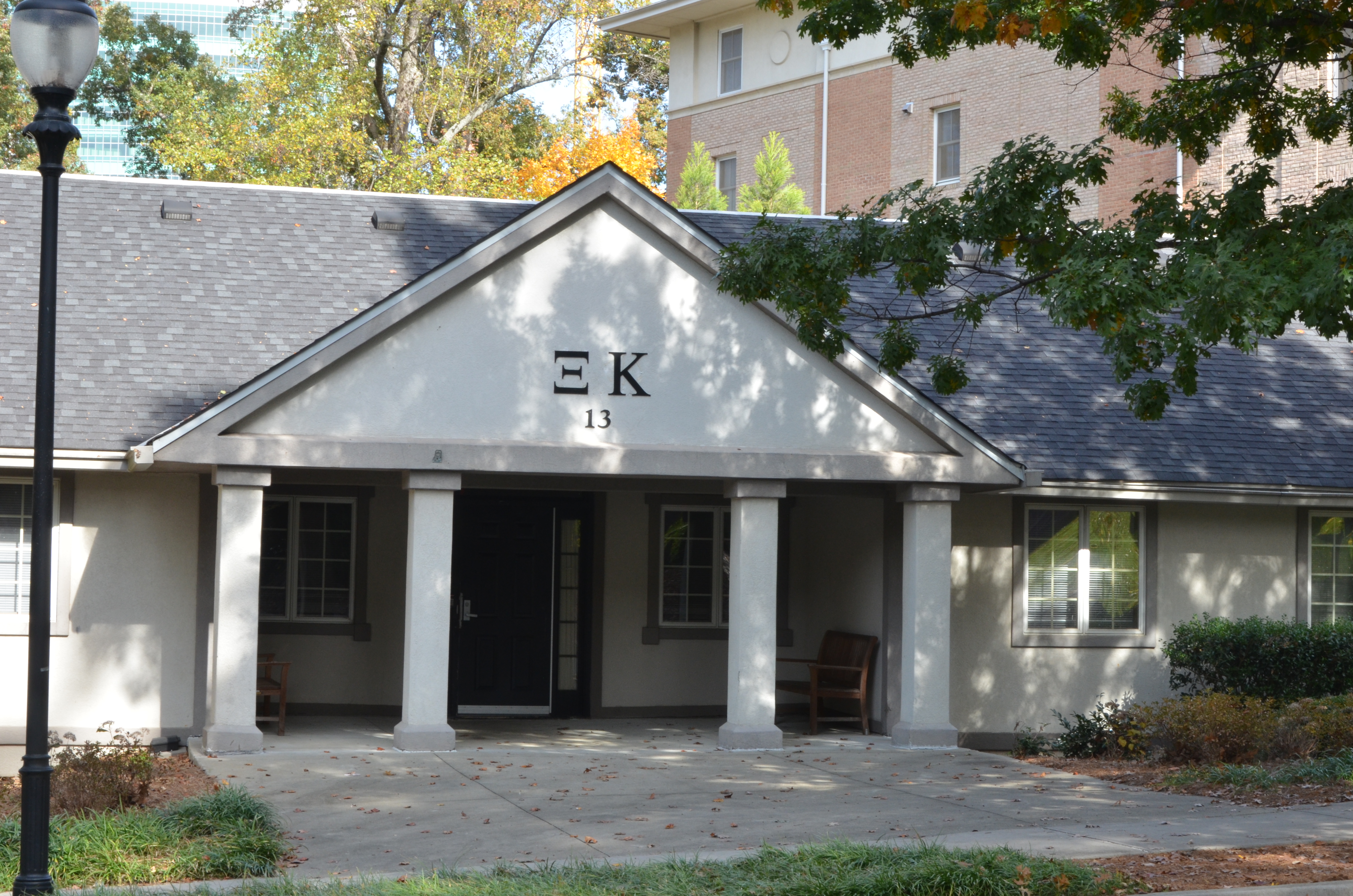After Emory’s decision to ramp down all non-essential research by March 23, the Wheel spoke with several principal investigators about the move’s impact on their research.
In a March 18 email sent to University faculty, researchers were directed to conclude all “non-essential, non-critical” on-campus experiments and reduce contact with all study participants in an effort to stymie the spread of the novel coronavirus. Essential research activities would be determined at the school level by school or research unit leaders.
Researchers had until March 20 to notify their respective schools if they were running experiments currently in a critical phase which, if abandoned, could “cause irreversible and irreparable loss.” No undergraduates, volunteers or visitors would be allowed access to laboratories even if they were conducting critical research.
To be classified as “essential research,” requests were submitted to respective unit department chairs two days after the University’s initial email.
Approximately one-third of Emory’s laboratory research was deemed essential and allowed to continue, according to a March 30 email from Senior Director of Research Communications at Woodruff Health Sciences Center Rajee Suri
Essential research will continue provided that “stringent social distancing and hand washing precautions” are taken.
In an email to the Wheel, Senior Vice President for Research Deborah Bruner said that there remains a plan for animal maintenance. Essential personnel to care for these animals include “a mix of research team members and Animal Resources personnel, which includes specialized faculty and staff such as veterinarians and animal care technicians,” Bruner wrote.
Principal investigators had already begun to take steps to suspend research in anticipation of the March 18 decision, following a webinar held by Bruner on Mar. 16.
Associate Professor of Chemistry Jennifer Heemstra, the principal investigator for the Heemstra lab, stated that she had decided to shut down research in her lab. Her lab studies the applications of DNA and RNA outside of their “canonical biological roles.”
“[W]e spent today getting samples into storage, shutting down our equipment, and by the end of day today [March 17], we’ll have suspended research in our lab,” she said. “While our research is very important to us, even more important is the health and well-being of everyone in our lab.”
Professor of Biology Robert Liu, who heads a lab that studies the neurology behind social behaviors using model systems, said that his lab was using a calendar to indicate when researchers would be in the lab to minimize contact between themselves.
Liu echoed Bruner’s statement about maintenance of model organisms by members of the Division of Animal Resources. “In my lab specifically, we have also additional staff that helps to manage our [mice and vole] colonies and make sure that different types of care that needs to be provided to different types of experimental purposes is carried out. Staff will be able to continue those kind of essential responsibilities,” he added.
Both Liu and Heemstra said that all researchers will continue doing research remotely by analyzing data, writing papers and grant proposals, reading background scientific literature, and planning future experiments. This includes undergraduate researchers, particularly those doing research for credit.
“Faculty mentors have to be practical in rethinking what the goals are for the semester, given that undergrads cannot be in lab,” Liu said. “[T]here … can be good learning opportunities … reading up more on the background of the problem they are working on, the methods that they are working on, revisiting the hypotheses they were going to test.”
Heemstra said that the suspension could cost labs “months of work” that has already been completed. “Losing that momentum or having samples go bad … [could mean] all of that time up to that point has been lost.”
However, Heemstra noted that because her lab works with cell lines that can be brought back into cell cultures, resuming research will not be as difficult as other labs.
“We will likely lose an additional week or two, but it is certainly not the magnitude of impact people who are doing animal studies [will face],” Heemstra said.
Heemstra added that younger researchers such as graduate students and associate professors are likely to be most affected by the pause on research.
Graduate students, she said, might have scheduled a date to defend their thesis and could have plans to move on to pursue jobs or academic opportunities, but may be unable to complete their final experiments.
“So that might be one fewer paper they have when they graduate,” Heemstra said.
She added that assistant professors have a five to six-year timeline during which they must compile a research, teaching and service portfolio to be considered for tenure.
Missing months of work — both from the suspension of research and the time it takes to restart that research — will significantly affect such a timeline.
“It seems there is discussion already, at least out in the community, of different ways we can really accommodate that,” Heemstra said.
Bruner also wrote in her email that it is “too early to predict” whether programs such as the Summer Undergraduate Research Experience will continue, but the University is following the Centers for Disease Control and Prevention’s federal guidelines closely and is “planning for multiple contingencies.”
Tanika Deuskar (22C) is from Bangalore, India. She intends to double major in Biology and Creative Writing. She loves jogging, listening to podcasts, and eating spicy food.




